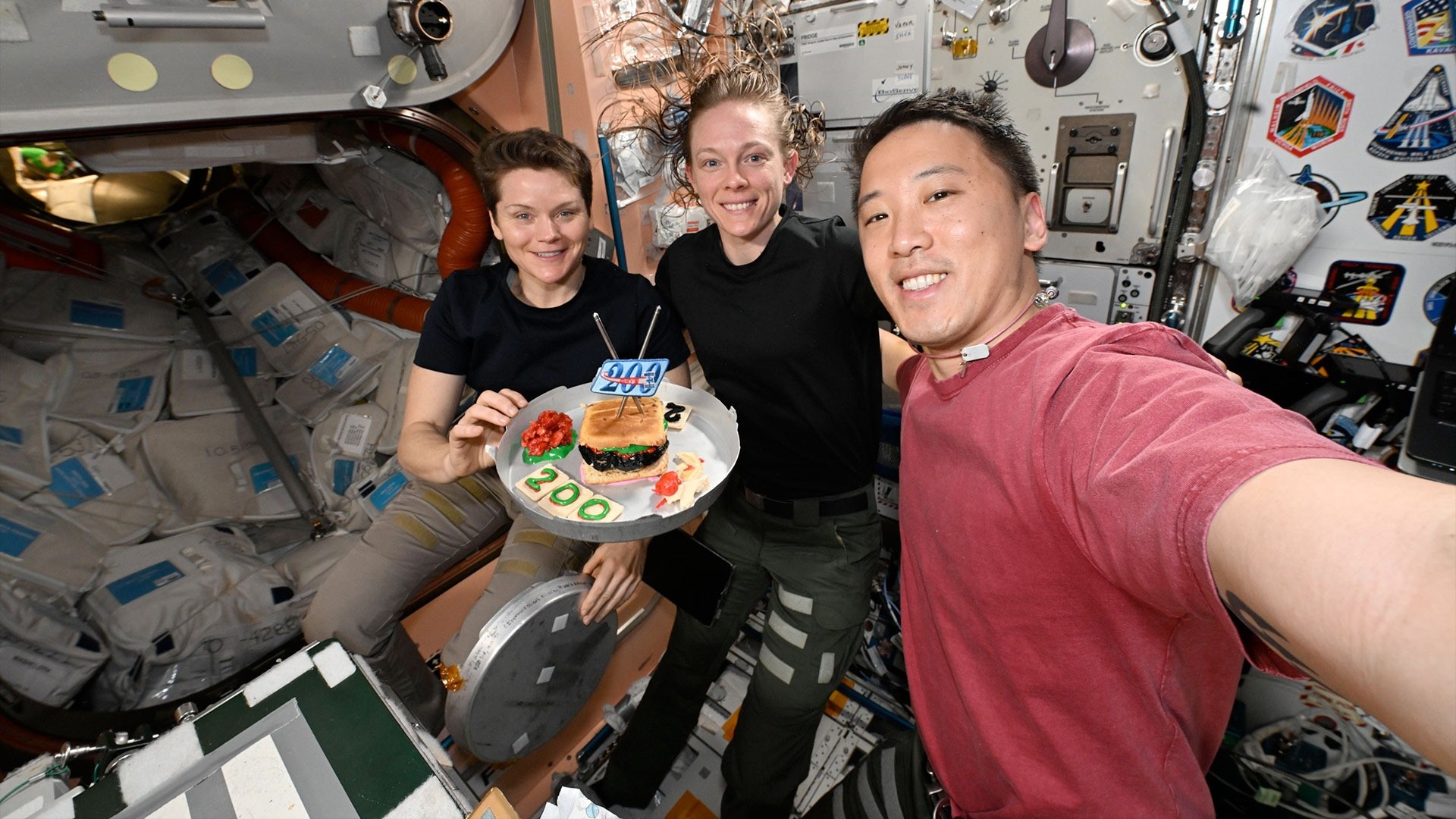Dead Star's Corpse Twirls in Eerie Cosmic Graveyard

The wispy tendrils of a long-dead star curl around a dense sphere of extraordinary power in this spooky view of the Crab Nebula.
The star that became the Crab Nebula went supernova centuries ago, from Earth's perspective — in 1054, it burned so brightly that skywatchers could see it shining during the day for more than three weeks, according to records from the time, and its fires were visible to the naked eye at night for two years. [Boo! The Spookiest Nebula Photos Ever]
The excess gas stretches outward from the dead star's location, 6,500 light-years away in the constellation Taurus, and it conceals a powerful heart: a neutron star with the sun's mass packed into just a few miles' diameter. The object spins 30 times a second, generating a trillion volts of power and creating an expanding series of shock waves (seen in the center of the photo). Its regular spin and radiation toward Earth make it a pulsar, which researchers use as cosmic clocks.
The image was captured by the Hubble Space Telescope over the course of nine months in 2012, and was given a green hue in honor of Halloween, Hubble scientists said in a statement. The whole gaseous tableau stretches 10 light-years across.
Our own sun is smaller than the star that created this stellar graveyard, so its ultimate fate will leave a different scene. As the sun's fuel supply runs down and it begins fusing heavier elements, it will grow larger and larger — first swallowing up Mercury's, then Venus', then Earth's current orbit. Its outer layers will puff away, creating a shell-like nebula of gas. The stellar core will be left as a dense white dwarf star, near the size of Earth — the solar system's final resting place, shrouded in a gauzy planetary nebula.
Email Sarah Lewin at slewin@space.com or follow her @SarahExplains. Follow us @Spacedotcom, Facebook and Google+. Original article on Space.com.
Breaking space news, the latest updates on rocket launches, skywatching events and more!
Join our Space Forums to keep talking space on the latest missions, night sky and more! And if you have a news tip, correction or comment, let us know at: community@space.com.

Sarah Lewin started writing for Space.com in June of 2015 as a Staff Writer and became Associate Editor in 2019 . Her work has been featured by Scientific American, IEEE Spectrum, Quanta Magazine, Wired, The Scientist, Science Friday and WGBH's Inside NOVA. Sarah has an MA from NYU's Science, Health and Environmental Reporting Program and an AB in mathematics from Brown University. When not writing, reading or thinking about space, Sarah enjoys musical theatre and mathematical papercraft. She is currently Assistant News Editor at Scientific American. You can follow her on Twitter @SarahExplains.
